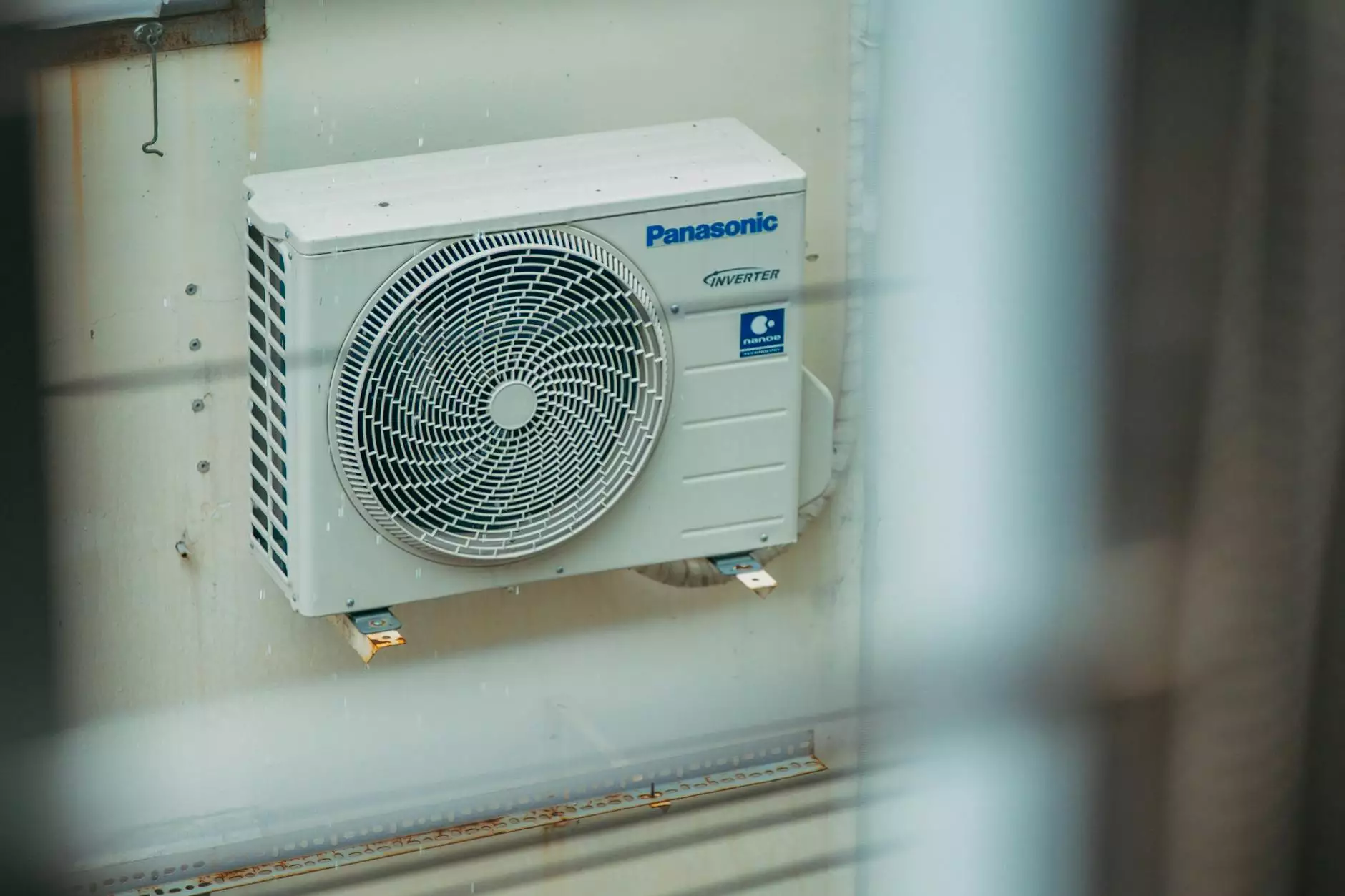Understanding the **Sleeve Gastrectomy Procedure**: A Comprehensive Guide

The sleeve gastrectomy procedure has emerged as a forefront surgical intervention for individuals struggling with obesity. This comprehensive article will delve deep into the procedure’s intricacies, benefits, potential risks, and the overall impact on one's lifestyle and health. Our detailed exploration is designed not only to educate but to empower those considering this transformative option.
What is Sleeve Gastrectomy?
The *sleeve gastrectomy* procedure, also known simply as a sleeve, is a type of weight-loss surgery that involves the removal of a substantial portion of the stomach, about 80% in most cases. This procedure transforms the stomach into a tube-like structure that resembles a banana. The reduced stomach size limits food intake and alters the production of hormones that affect hunger, leading to significant weight loss.
How the Sleeve Gastrectomy Procedure Works
Step-by-Step Overview
The surgical process is typically performed laparoscopically, which is minimally invasive and involves several small incisions rather than a single large incision. Here’s a detailed overview:
- Pre-operative Consultation: Before surgery, patients undergo a thorough evaluation, including medical history assessments, nutritional evaluations, psychological evaluations, and necessary laboratory tests.
- Anesthesia: On the day of surgery, the patient is placed under general anesthesia.
- Surgical Procedure: The surgeon accesses the abdominal cavity through small incisions. Using specialized instruments, a stapler is used to remove the larger portion of the stomach, leaving a smaller sleeve intact.
- Closure: The small incisions are closed with sutures or surgical tape.
Benefits of the Sleeve Gastrectomy Procedure
The sleeve gastrectomy procedure offers numerous advantages that contribute to its popularity:
- Significant Weight Loss: Many patients experience substantial weight loss, achieving results of 50-70% of excess weight within 12-18 months post-surgery.
- Improved Health Conditions: This procedure can lead to improvements or resolution of obesity-related conditions such as type 2 diabetes, hypertension, and sleep apnea.
- Less Complicated than Other Bariatric Surgeries: Compared to gastric bypass surgery, sleeve gastrectomy has a shorter operative time and fewer complications associated with intestinal bypass.
- Minimal Nutritional Deficiencies: Unlike gastric bypass, the sleeve gastrectomy does not reroute the intestines, which helps to maintain the body's ability to absorb nutrients effectively.
- Less Hunger: The procedure moderately reduces the production of ghrelin, the hunger hormone, which leads to reduced appetite and cravings.
Who is a Candidate for the Sleeve Gastrectomy Procedure?
Not everyone is suitable for a sleeve gastrectomy. Candidates typically include:
- Individuals with a Body Mass Index (BMI) of 40 or greater.
- Individuals with a BMI of 35-39.9 who have obesity-related health issues.
- Adults who have not had success with traditional weight loss methods, including diet and exercise.
- Individuals who are committed to making lifestyle changes post-surgery.
Potential Risks and Considerations
While the sleeve gastrectomy procedure is generally safe, it's important to understand the possible risks, which include:
- Leaking: A leak can occur at the surgical site, which may require additional surgery.
- Nutritional Deficiencies: Although less common than with bypass surgery, it's still possible to experience deficiencies in vitamins and minerals.
- Stomach Obstruction: Scar tissue can form and cause obstruction of the stomach.
- Gastroesophageal Reflux Disease (GERD): Some patients may experience an increase in reflux after surgery.
- Pneumonia or Blood Clots: As with any major surgery, there is a risk of complications such as pneumonia or blood clots.
Preparing for the Sleeve Gastrectomy Procedure
Preparation is crucial for success. Patients should consider the following:
- Dietary Changes: Pre-surgery, a high-protein, low-carb diet is often recommended to reduce the size of the liver and make the surgery easier.
- Stop Smoking: Smoking can slow the healing process and increase complications; thus, it's advisable to quit before surgery.
- Physical Activity: Increasing physical activity can help improve overall health and readiness for surgery.
- Support System: Engaging family and friends for emotional and practical support post-surgery can be beneficial.
The Recovery Process After Sleeve Gastrectomy
Recovery from the sleeve gastrectomy procedure typically follows these stages:
Initial Post-Operative Period
During the first few days post-op, patients may need to stay in the hospital for monitoring. Pain management and intravenous fluids are provided to ensure hydration and begin the healing process.
Transitioning to Foods
Patients follow a structured diet that progresses from clear liquids to full liquids, then soft foods, and finally to solid foods. This typically takes about 4-6 weeks.
Long-Term Changes
Post-surgery, lifestyle changes are critical. Patients are encouraged to adopt:
- Nutritional Habits: Focusing on protein-rich foods, avoiding high-sugar and high-fat items, and drinking plenty of water.
- Regular Physical Activity: Incorporating exercise into daily routines to promote weight loss and maintain health.
- Support Groups: Joining a support group can provide encouragement and accountability during the weight loss journey.
Success Stories: Real-Life Transformations
Many individuals have experienced life-changing results from the sleeve gastrectomy procedure. Here are a few inspiring success stories:
- John’s Journey: After weighing 350 pounds, John underwent surgery and lost over 150 pounds. He now enjoys hiking and active family outings.
- Lisa’s Transformation: Lisa struggled with obesity for years. Post-surgery, she’s lost nearly 100 pounds and completely reversed her type 2 diabetes.
- Mark’s Life Change: Mark’s commitment to his health after surgery led him to a weight loss of 200 pounds, allowing him to participate in marathons.
Staying Motivated Post-Surgery
Maintaining motivation can be a challenge. Here are some strategies to keep inspired:
- Set Realistic Goals: Focus on achievable milestones rather than just a target weight.
- Track Progress: Keep a journal of your food intake and weight loss to visually see your progress.
- Celebrate Non-Scale Victories: Recognize accomplishments that aren’t weight-related, like improved energy levels or better-fitting clothes.
- Connect with Others: Engage with support groups or online forums of individuals who have gone through similar experiences.
Conclusion
The sleeve gastrectomy procedure stands as a beacon of hope for many individuals battling obesity. With its ability to facilitate significant weight loss and improve health outcomes, this surgical option is not just about shedding pounds but transforming lives. By understanding the procedure, its benefits, risks, and the commitment required post-surgery, you can make an informed decision. Always consult with a qualified healthcare professional to determine the best course of action for your unique situation. Remember, embarking on this journey requires commitment, patience, and support, but the rewards are truly life-changing.
© 2023 The Wellcome. All rights reserved.









